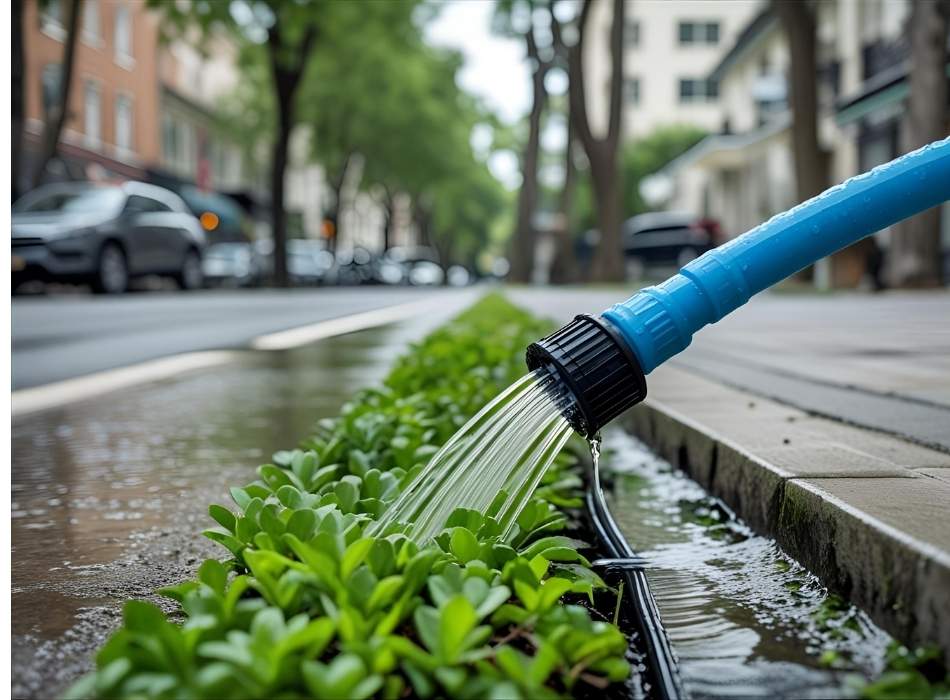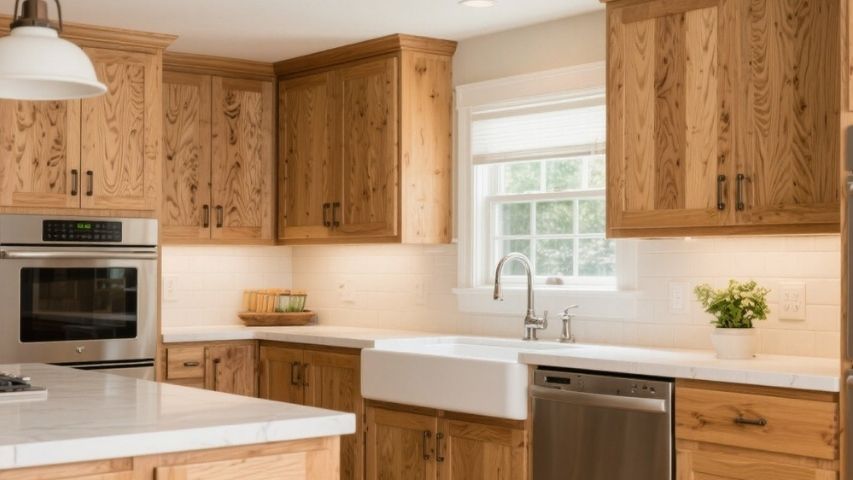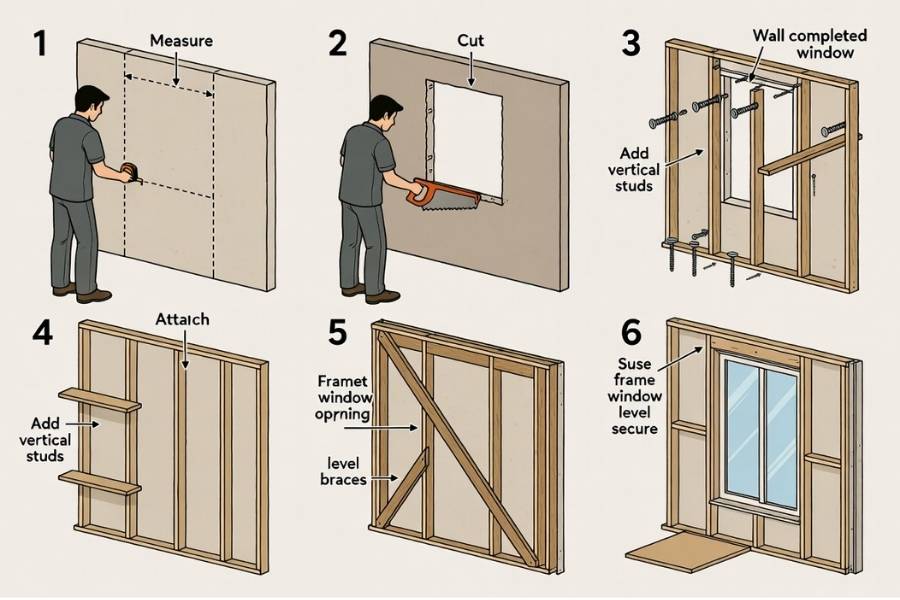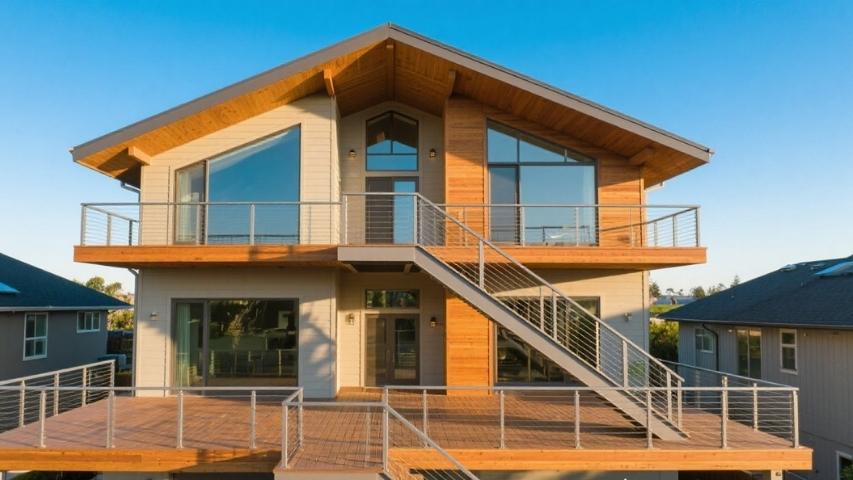Struggling to keep your boulevard healthy and vibrant? You’re not alone. Whether you have lush greenery or valuable trees adorning your boulevard strip, keeping it adequately watered can be a real challenge, especially during summer. Enter the soaker hose, a simple yet effective watering solution that saves time, conserves water, and keeps your plants thriving.
This guide will walk you through everything you need to know about using a soaker hose to water your boulevard efficiently. By the end, you’ll be equipped with actionable yet straightforward tips to maintain a healthy, hydrated landscape.
Why Choose a Soaker Hose for Boulevard Irrigation?
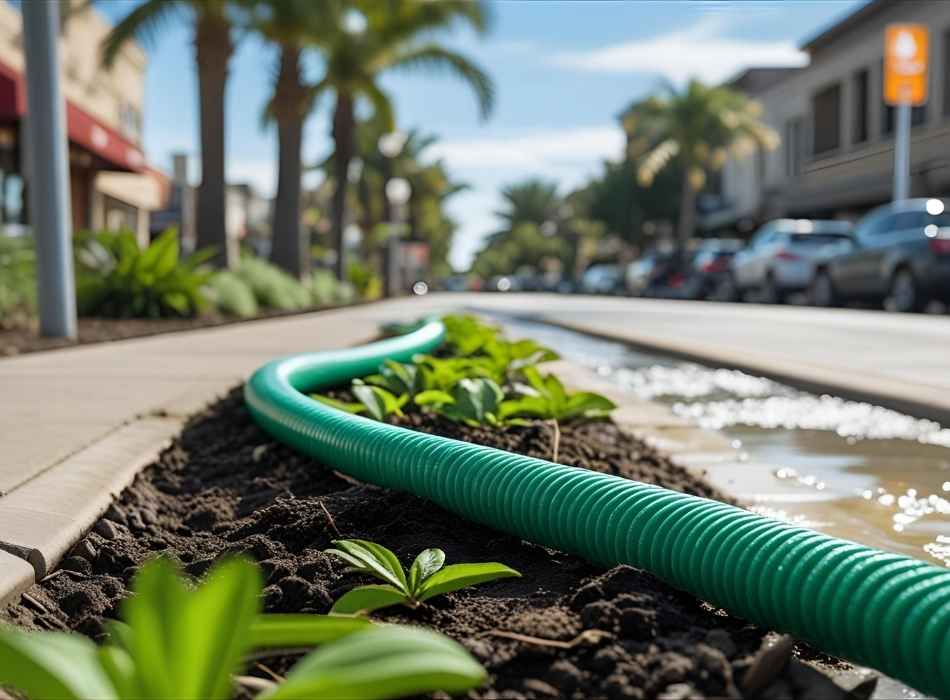
Before jumping into how to use a soaker hose, let’s explore why it’s one of the best tools for this task:
Water Efficiency
Unlike sprinklers or hand watering, a soaker hose delivers water directly to the soil and plant roots. It minimizes water loss from evaporation and runoff, making it an eco-friendly option for hydration.
Targeted Hydration
By releasing water evenly through small pores along its length, a soaker hose ensures the boulevard’s plants receive optimal hydration without waste.
Labor and Time Savings
Once set up correctly, a soaker hose system requires minimal intervention. Attach it, turn on the faucet, and it will work for you!
Soil Preservation
Traditional watering methods can lead to soil compaction or erosion. Water seeps gently into the ground with a soaker hose, maintaining soil health.
How to Set Up Your Soaker Hose

Follow these steps to ensure your soaker hose system is effective and efficient.
Step 1: Choose the Right Hose
Select a hose length suitable for your boulevard. Standard soaker hoses are available in lengths ranging from 25 feet to 100 feet. If your space is larger, you can connect multiple hoses using connectors, but ensure they don’t exceed 150 feet in total length to maintain consistent water pressure.
Pro Tip: Opt for a hose with UV resistance to enhance durability, as it will be exposed to sunlight on the boulevard.
Step 2: Position the Hose Strategically
Lay the soaker hose about 12–18 inches from the plant stems or along the root zone of the greenery on your boulevard. For trees or shrubs, spiral the hose around the base, ensuring it reaches the root area.
Use stakes or garden pins to secure the hose, preventing kinks or uneven watering.
Step 3: Attach the Hose to a Water Source
Connect your soaker hose to an outdoor faucet and attach a water pressure regulator. Most soaker hoses perform best at a pressure of 10–25 PSI. Too much pressure can damage the hose, while too little may result in uneven watering.
For added convenience, consider using a timer to automate the watering schedule.
Step 4: Test the System
Turn on the water and observe the hose. You should see a gentle seepage rather than a full spray. Make adjustments to the water pressure as needed.
Pro Tip: Check to ensure water is evenly distributed along the entire length of the hose. If one end is dry while the other is saturated, you may need a shorter hose or separate lines for different areas.
Step 5: Cover the Hose
Add a thin layer of mulch (about 2–3 inches) to retain moisture and protect the hose. Organic mulch conserves water and prevents the hose from cracking under direct sunlight.
How Often Should You Water Your Boulevard?
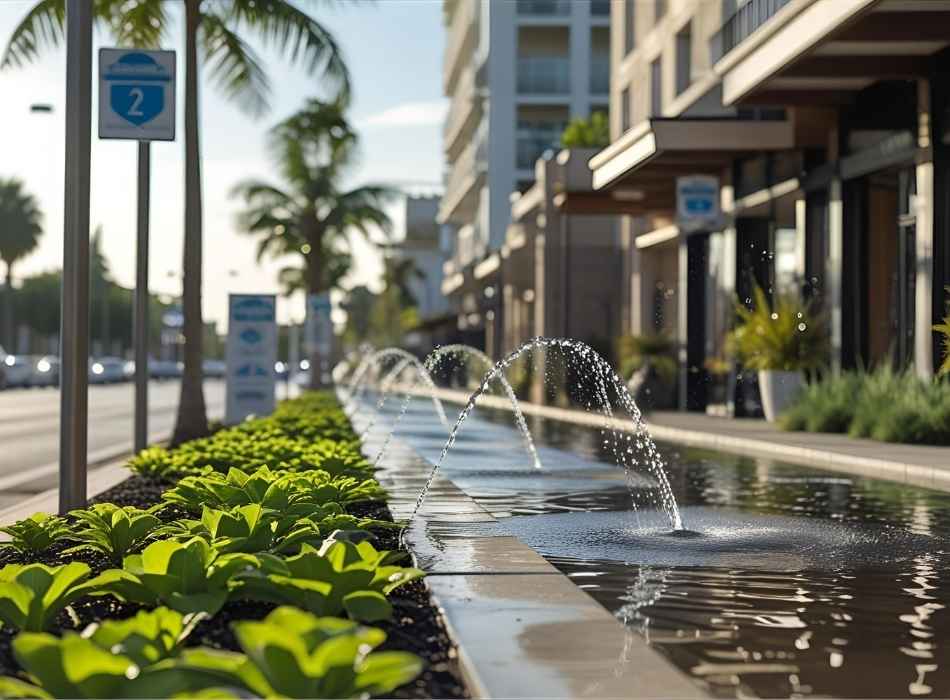
Watering frequency depends on your climate, soil type, and the plants on your boulevard. However, here are some general guidelines:
Sandy Soil: Water every 2–3 days, as sandy soil drains quickly.
Loamy Soil: Water every 3–5 days since this soil holds moisture well.
Clay Soil: Water once or twice a week to avoid waterlogging.
Aim to provide about 1 inch of water per week, adjusting based on rainfall and
seasonal needs. Use a rain gauge to measure how much water your plants are receiving.
Common Mistakes and How to Avoid Them
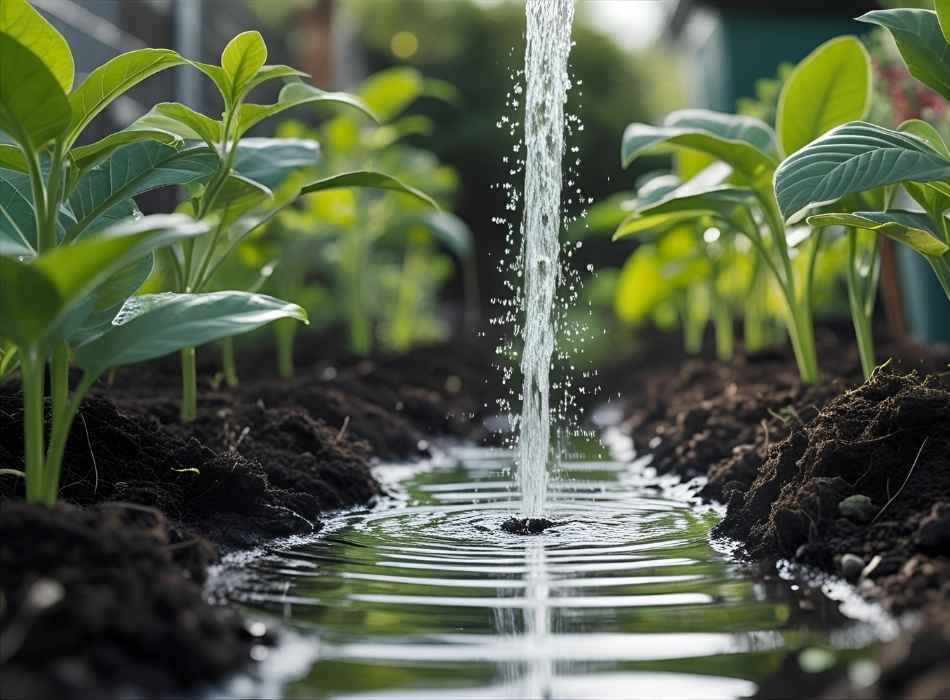
Overwatering or Underwatering
A soaker hose delivers water slowly, making it easy to lose track of how much is applied. Use a timer and monitor soil moisture to strike the right balance.
Incorrect Placement
Positioning the hose too far from the plant roots reduces its effectiveness. Remember to keep the hose within 12–18 inches of your plants for targeted hydration.
Forgetting Maintenance
Over time, debris such as dirt or algae can clog the soaker hose’s pores. Flush it regularly by detaching it from the faucet and letting water run through it at full pressure.
Benefits of Using a Boulevard Watering Schedule
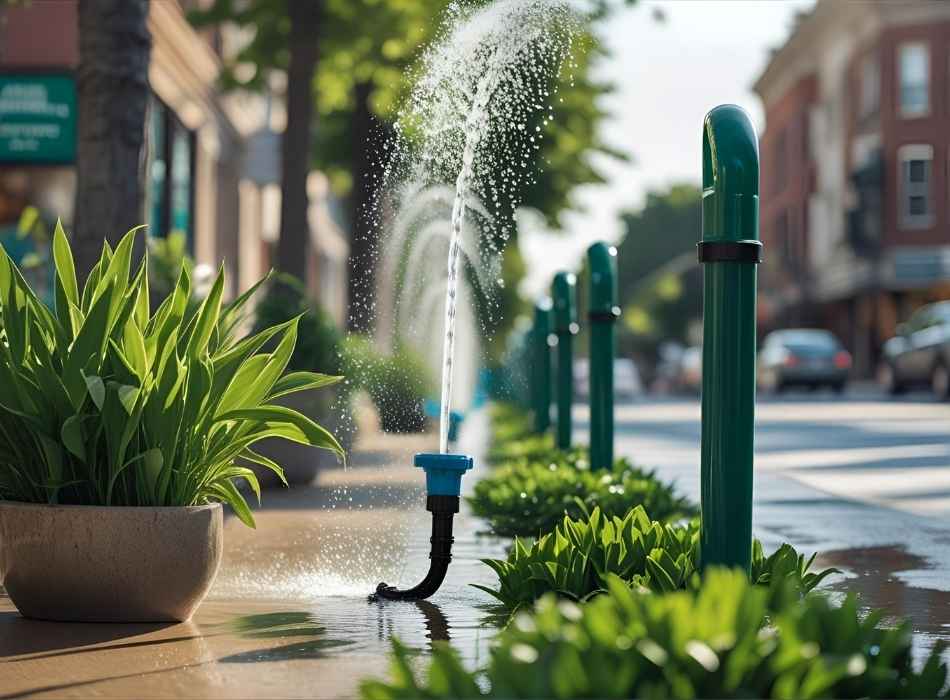
Keeping a structured watering schedule protects your plants and helps you save resources. Here’s why scheduling matters:
Promotes consistent growth
Prevents overwatering-related root rot
Creates a habit that reduces long-term maintenance
Optimizes water usage, lowering utility bills
Frequently Asked Questions
1. Can I use a soaker hose with fertilization systems?
Yes! By connecting a fertilizer injector to your water source, you can deliver nutrients directly to your plants along with the water.
2. How long should I run my soaker hose?
Typically, running the hose for 30–60 minutes provides adequate hydration. The specific duration depends on the soil type and weather conditions.
3. Is a soaker hose eco-friendly?
It minimizes water waste by targeting plant roots directly, making it one of the most sustainable watering methods.
4. Should I remove the hose in winter?
Yes. Remove and store it indoors during freezing temperatures to prevent cracking.
Take Action for a Greener Boulevard
A soaker hose is your secret weapon for maintaining a lush, healthy boulevard with minimal effort. Proper setup and regular maintenance allow you to enjoy a thriving green space that adds curb appeal to your property and supports local ecosystems.
If controlling your boulevard watering feels overwhelming, start small. Invest in a good-quality soaker hose, follow these steps, and watch your landscape flourish.
Want more actionable gardening tips? Subscribe to our newsletter and stay updated on the latest horticultural trends. Your green thumb is just a click away!







